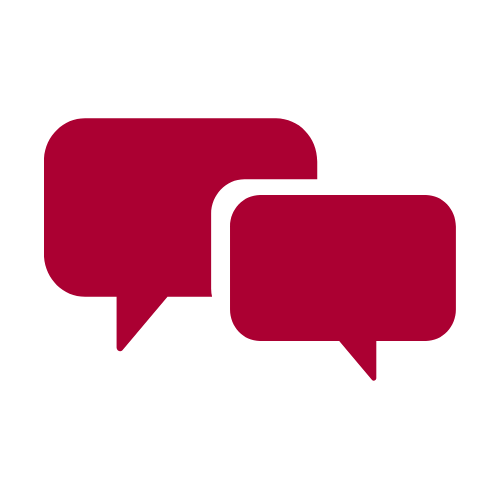
Welcome to the library research guide connected to your assignment, "Scientific Literature and Library Research." Use the tabs to navigate related topics, databases and resources for your assignment.
If you need help, contact us through the many forms available through our Ask Us! page.

Beta-galactosidase from Penicillin sp.

Photo Reference: New Literacies Alliance. (2020, Dec. 3). Citations: using the ideas of others in your own work. Shared under CC BY-NC-SA.
Checklist for Avoiding Plagiarism:
Are you using:
| Your own independent material | |
| Common knowledge | |
| Someone else's own independent material |
You must acknowledge someone else's material.
Quotations:
| Do all quotations exactly match their sources? Check! | |
| Have you inserted quotation marks around quotations that are run into your text? | |
| Have you shown omissions with ellipsis marks and additions with brackets? | |
| Does every quotation have a source citation? |
Paraphrases and Summaries:
|
Have you used your own words and sentence structures for every paraphrase and summary? If not, use quotation |
|
| Does every paraphrase and summary have a source citation? |
The Web:
| Have you obtained any necessary permission to use someone else’s material on your Web site? |
Source Citations:
| Have you acknowledged every use of someone else’s material in the place where you use it? |
|
| Does your list of works cited include all the sources you have used? | |
Checklist Reference: Fowler, Ramsey H. and Jane I. Aaron. The Little, Brown Handbook. 12th Edition. New York:
Pearson Education, Inc., 2004. http://wps.ablongman.com/long_fowler_lbh_12/204/52318/13393605.cw/index.html

The CCOW method can be used to evaluate any source for appropriateness. Below is an overview on how to apply the method, see the guide for more detail.
Credentials - Investigate the credentials of whoever created the information with questions like:
Claims - What claims are they making? Is the information they're providing accurate? Can we verify its accuracy?
Objectives - What did they hope to accomplish by creating the information?
Worldview - This element is connected to objectives in that it deals with bias and examining potential bias behind a publication and behind your perspective of a topic. Every source will have some degree of bias and that's expected, the questions you're asking here are: How does this source frame the situation? What language are they using that helps me understand their perspective or worldview? How does my perspective influence how I interpret a topic?
What is OneSearch?
OneSearch is a single search interface that allows patrons to simultaneously search several article databases, catalogs, and other data sources for books, journal articles, videos, scores, maps, and more! This catalog is shared by members of the Orbis Cascade Alliance (Summit), a consortium of 37 academic libraries across Oregon, Washington, and Idaho. OneSearch contains 8.8 million titles and over 26 million resources.
What can it do?
OneSearch offers our users major advantages, such as:
How to use OneSearch
Watch the videos below to learn how to conduct searches in OneSearch or learn all there is to know about how to conduct effective searches in CWU's OneSearch Research Guide. If you would like further research assistance, you are also welcomed to schedule an appointment or drop in to meet with a reference librarian. On the left side of this page you'll find the contact information for your Law & Justice liaison librarian, Bridgette, though you are welcome to work with any librarian you prefer.
What is Google Scholar?
Google Scholar is a web resource that allows users to search for journal articles, citations, theses, preprints and book availability on the web. Materials located using Google Scholar come from a wide variety of sources, including:
- Selected academic publishers
- Selected Professional society publishers
- Preprint repositories
- Universities
- Scholarly articles available across the open web
Connected CWU Libraries as an affiliate will link out to articles that you already have access to. To set this up, go to:
Performing these steps will allow you to see what articles you have access to through CWU Libraries.
